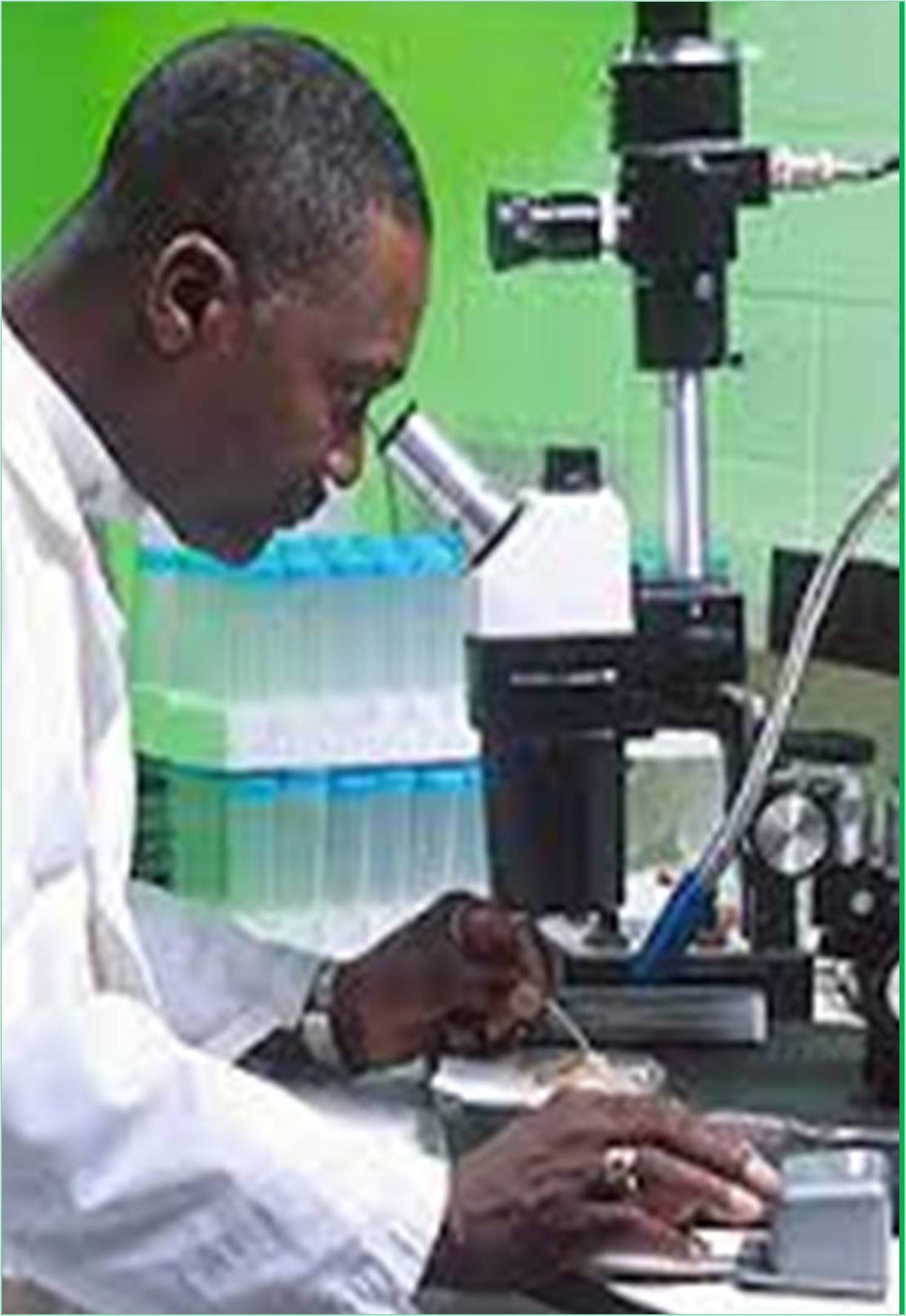



Received: 28-Jan-2022, Manuscript No. GJMR-22-59609; Editor assigned: 31-Jan-2022, Pre QC No. GJMR-22-59609(PQ); Reviewed: 14-Feb-2022, QC No. GJMR-22-59609; Revised: 21-Feb-2022, Manuscript No. GJMR-22-59609(R); Published: 28-Feb-2022, DOI: 10.15651/GJMR.22.10.407
Microbes embody amazing biodiversity, provide help to all living forms, such as humans, and play an essential role in many ecosystem services. The rules that govern microorganism community assembly are increasingly discovered due to key advances in molecular and analytical strategies but their understanding remains a key challenge in microbial ecology. The existence of biogeographic patterns within microbial communities has been established and defined in relation to landscape-scale procedures, which includes selection, drift, dispersal, and mutation. The impact of habitat patchiness on microorganisms’ assembly rules stays though incompletely understood. Here, we overview how landscape ecology principles may be adapted to discover new views on the mechanisms that determine microbial community structure.
To provide a wide overview, we represent microbial landscapes, the spatial and temporal scales of the mechanisms that drive microbial assembly, and the feedback between microorganisms and landscape structure. We provide evidence for the effects of landscape heterogeneity, landscape fragmentation, and landscape dynamics on microbial community structure, and show that predictions made for macro-organisms at least partially also apply to microorganisms. We provide an explanation for why emerging metacommunity approaches in microbial ecology have to consist of explicit characterization of landscape structure in their development and interpretation. We additionally provide an explanation for how biotic interactions, such as competition, prey-predator, or mutualist relations may also influence the microbial landscape and can be involved in the above-stated feedback process. However, we argue that the application of landscape ecology to the microbial world can not actually involve transposing existing theoretical frameworks. This is because of the particularity of those organisms, in terms of size, generation time, and for some of them, tight interaction with hosts. These characteristics imply coping with the unusual and dependent space and time scales of impact. Evolutionary strategies have additionally a sturdy significance in microorganisms’ response to their landscapes. Lastly, microorganisms’ activity and distribution induce feedback effects in the landscape that should be taken into account. The transposition of the landscape ecology framework to microorganisms offers many challenging research directions for microbial ecology.
Microorganisms represent by far the largest fraction of biodiversity. The tremendous abundance of microorganisms on this planet plays a vital role in the biogeochemical cycles of elements and impacts soil fertility, organic matter decomposition, and carbon storage. Microorganisms are also required to sustain all living macroorganisms, including humans, as they’re involved in the nutrition, health, reproduction, and behavior of their hosts. They, therefore, make sure the majority of ecosystem services are provided to our society. However, microorganisms display substantial spatial heterogeneity. This raises questions on how the distribution of microbes depends on distinctive components of a community assembly, and how community assembly is related to the functions and functioning of those microbial ecosystems.
Applying landscape ecology principles to microorganisms has until recently, been slow to develop due to our limited knowledge of microbial habitat requirements, the difficulties involved in observing microorganisms’ movements, and our limited ability to conduct spatially enormous surveys of microbial distribution. The determination of microbial community composition is also itself difficult given that microbial communities may be quite complicated and need to be studied by mass-sequencing methods. From the nature of the data used, the microbial species-sequence delineation is also needed and the adoption of a phylogenetic species concept is implicit.
The application of landscape ecology to the microbial world also requires the characterization of the landscapes in which microbes live. Such landscapes may be a set of various habitats types with varying environmental conditions, however, it could be the set of hosts available for microbial colonization. These “biotic” landscapes may also then be driven by the behavior and growth of micro-organisms that are hosts for microorganisms, and be dependent on those hosts’ response to their own landscape characteristics. Lastly, microbial landscapes may be within a host, corresponding to different anatomical sites within the body, or even within every organ, providing patches varying in their environmental conditions.
However, recently microbial ecology developed explicit integration of landscape ecology principles for understanding the drivers of microbial distribution. Because of those specificities of microbes - species-definition, dispersal, response to biotic heterogeneity, and smallscale responses to environment - the transposition of the existing theoretical framework in landscape ecology for analyzing assembly rules of microorganisms is probably indirect. This is to investigate how landscape ecology concepts should follow the microbial world, advance our understanding of this world, and show how microorganisms can be used as new models to test and extend the existing landscape ecology framework. We accounted for aquatic, terrestrial, and marine ecosystems, as well as for all kinds of host-microbiota interactions from free-living microorganisms to microorganisms associated with plants, animals, and humans.